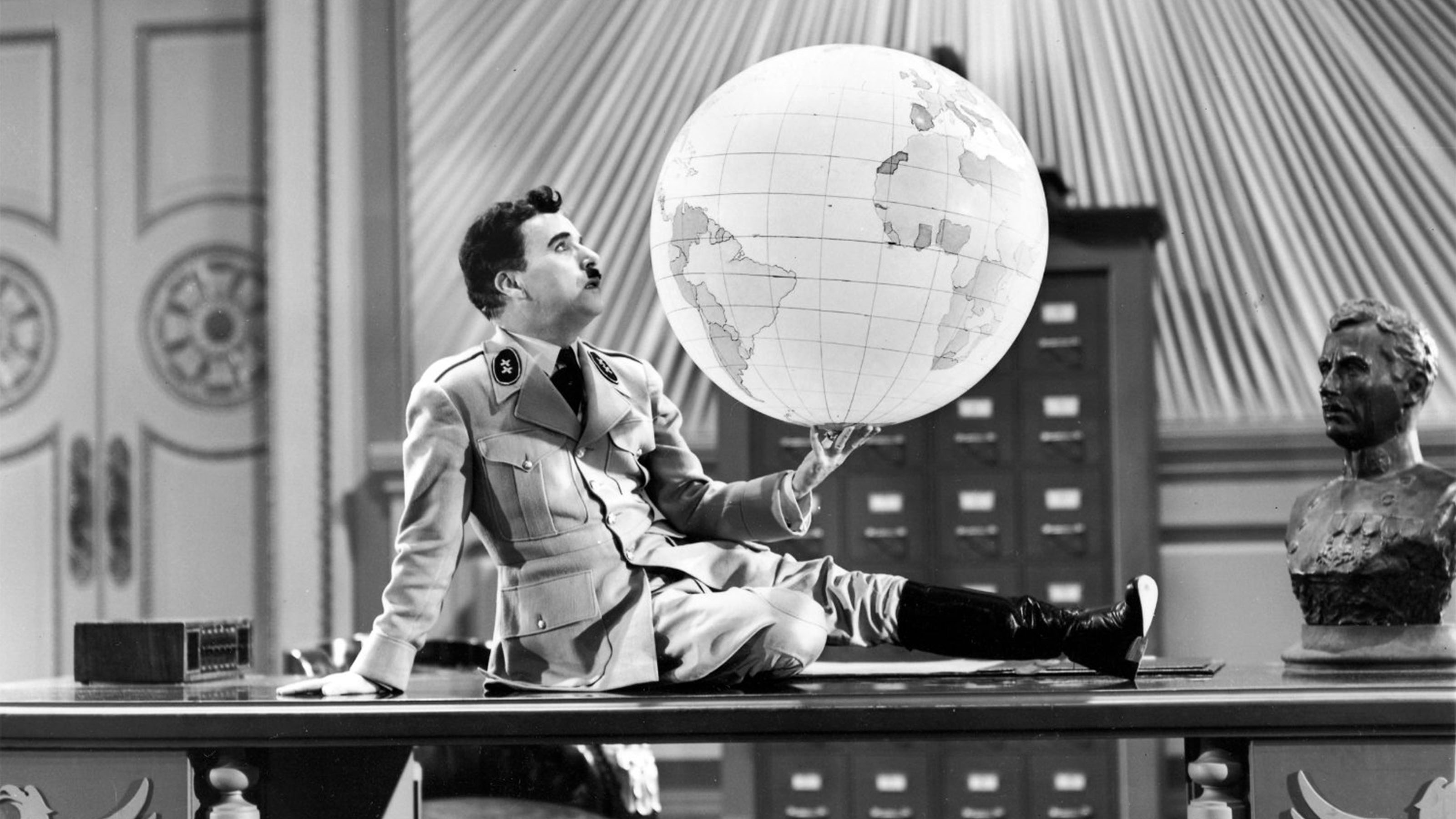Notes
1
Available in George Orwell, The Collected Essays, Journalism and Letters, vol. 2 (London: Secker & Warburg, 1968).
2
Ibid., vol. 4.
3
Ibid., vol. 2.
4
Review of Mein Kampf.
5
Ibid.
© 2016 e-flux and the author
